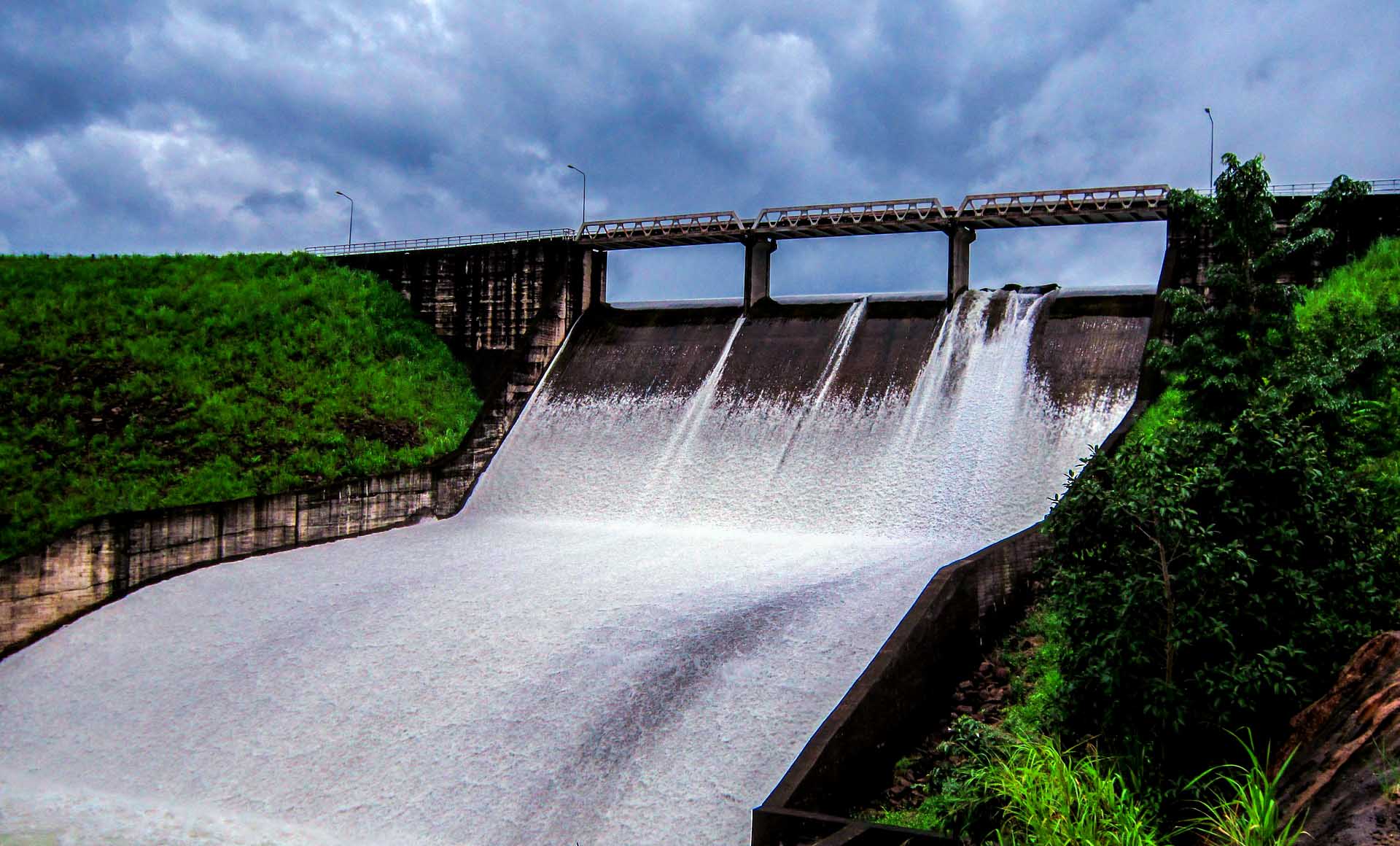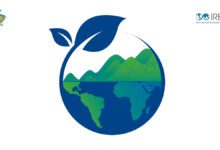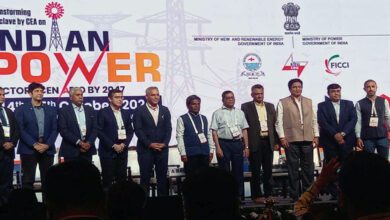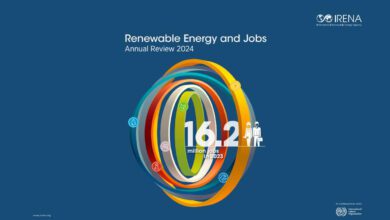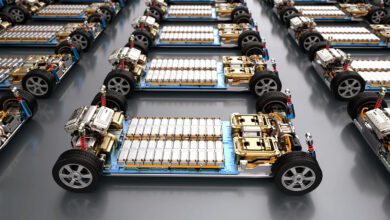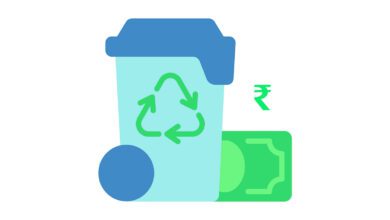Pakistan raised objections to the designs of Pakal Dul and Lower Kalnai hydropower plants in Jammu and Kashmir and sought more information on the projects in Ladakh sanctioned after the abrogation of Article 370 as the Indus Commissioners of the two countries met here on Tuesday.
On its part, India justified its stand on the designs. The Pakal Dul Hydro Electric Project (1,000 MW) is proposed on the Marusudar river, a tributary of the Chenab river, in Kishtwar district in Jammu and Kashmir. The Lower Kalnai project is proposed in Kishtwar and Doda districts.
The two sides also discussed a host of other issues under the Indus Waters Treaty during the annual Permanent Indus Commission meeting. The two-day meeting which started on Tuesday is taking place after a gap of over two years. The last meeting took place in Lahore in August 2018.
The Indian delegation was led by P K Saxena, India’s Indus Commissioner, and his team from the Central Water Commission, the Central Electricity Authority and the National Hydroelectric Power Corporation. The Pakistani delegation was led by its Indus Commissioner Syed Muhammad Meher Ali Shah. The delegation arrived here on Monday evening.
This year’s meeting is the first between the two commissioners after the August 2019 nullification of the provisions of Article 370 of the Constitution that gave special status to the state of Jammu and Kashmir. The meeting also assumes significance as this is the first important engagement between India and Pakistan after militaries of the two countries had announced last month that they would strictly observe a ceasefire along the Line of Control and other sectors.
In 2019, the erstwhile state of Jammu and Kashmir was also bifurcated into union territories Ladakh, Jammu and Kashmir. India has since cleared several hydropower projects for the region.
Of these, Durbuk Shyok (19 MW), Shankoo (18.5 MW), Nimu Chilling (24 MW), Rongdo (12 MW), Ratan Nag (10.5 MW) are in Leh; and Mangdum Sangra (19 MW), Kargil Hunderman (25 MW) and Tamasha (12 MW) are Kargil. Both Leh and Kargil fall in Ladakh.
Pakistan has sought information on these projects, sources added. The Indus Waters Treaty (IWT) warrants the two commissioners to meet at least once a year, alternately in India and Pakistan. However, last year’s meeting scheduled to be held in New Delhi in March was cancelled, a first since the treaty came into being, in view of the coronavirus pandemic.
In July 2020, India had proposed to Pakistan that the meeting for discussing pending issues pertaining to Indus Waters Treaty (IWT) be held virtually in the wake of the coronavirus pandemic, but Pakistan insisted on holding talks at the Attari border check post.
However, in response, India said it is not conducive to hold the meeting at the Attari Joint Check Post due to the pandemic. With the improvement in situation, this mandatory meeting is being held following all COVID-19-related protocols.
Under the provisions of Indus Waters Treaty, signed between India and Pakistan in 1960, all the water of the eastern rivers Sutlej, Beas, and Ravi amounting to around 33 million acre feet (MAF) annually is allocated to India for unrestricted use. The waters of western rivers Indus, Jhelum, and Chenab amounting to around 135 MAF annually has been assigned largely to Pakistan.
According to the treaty, India has been given the right to generate hydroelectricity through run-of-the-river projects on the western rivers subject to specific criteria for design and operation. The treaty also gives right to Pakistan to raise objections on design of Indian hydroelectric projects on the western rivers.


